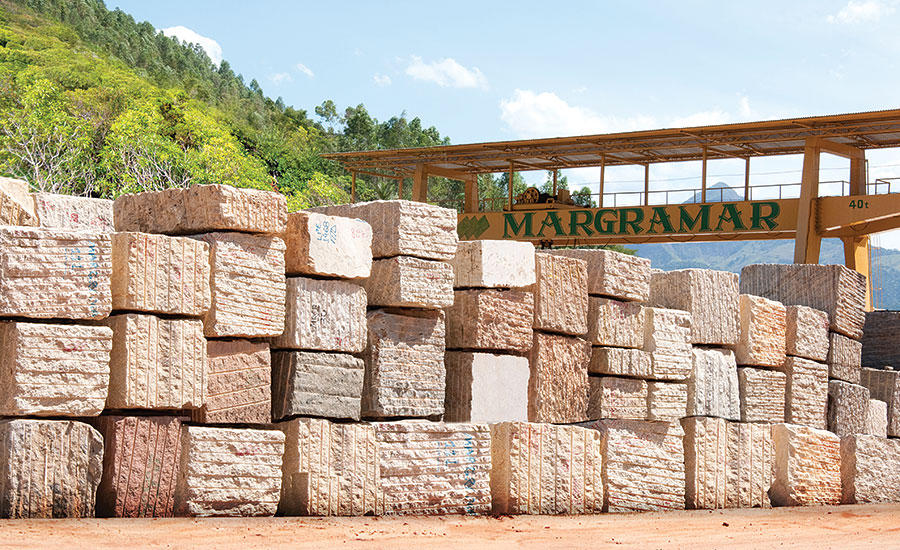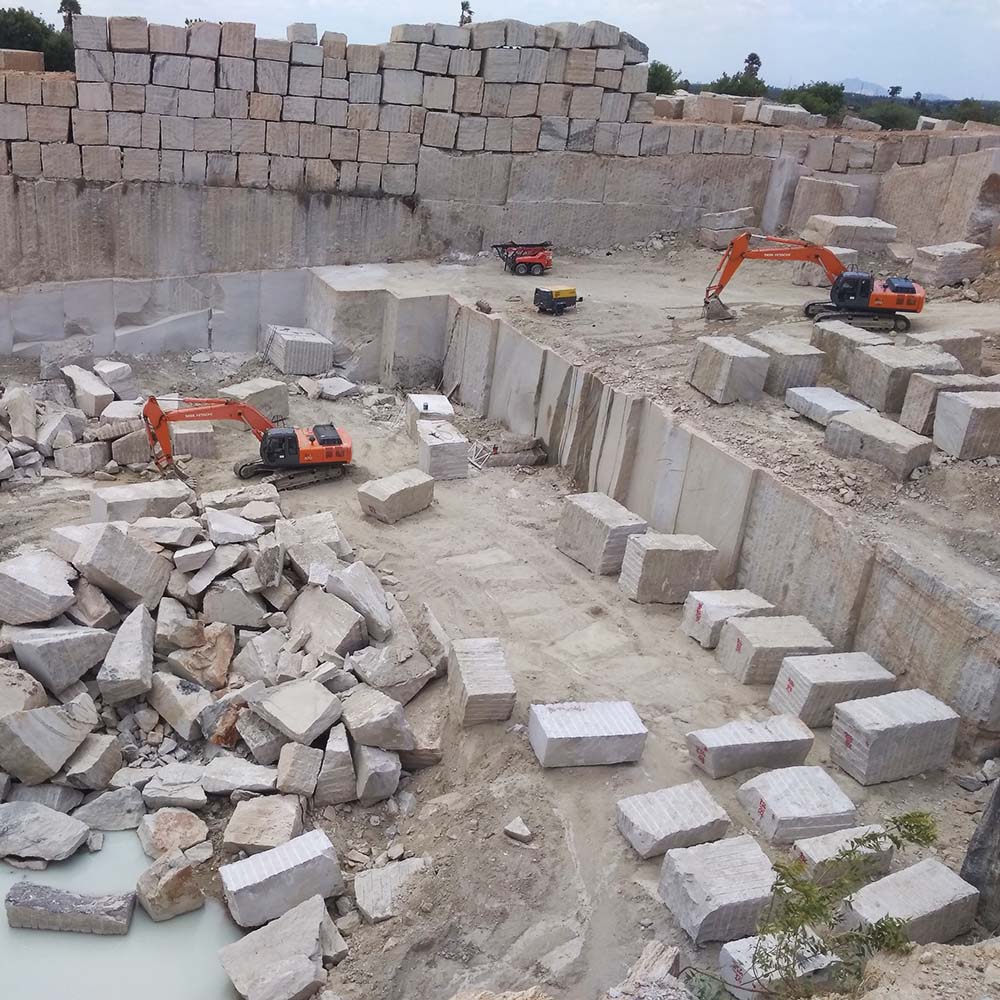Discovering Granite Quarries in South Africa: A Comprehensive Guide
Wiki Article
Uncovering the Rich Background and Sustainable Practices of Granite Quarrying
As we depend on the precipice of discovering the detailed tapestry of granite quarrying, a journey via time reveals not simply the physical act of drawing out rock however additionally the cultural and historical value woven into the extremely textile of this practice. From the ancient beginnings that laid the structure for modern quarrying methods to the lasting practices that are shaping the future of this market, each carve mark on granite surfaces narrates waiting to be uncovered (granite quarries in south africa). The legacy of granite quarrying stretches far past plain removal; it is a testament to human ingenuity, durability, and the long-lasting attraction of this stunning rockOld Beginnings of Granite Quarrying
Dating back to ancient worlds, the method of quarrying granite has actually been an integral part of human background and architectural innovation. The earliest proof of granite quarrying go back to old Egypt, where huge pyramids and elaborate sculptures were crafted from this resilient stone. The Egyptians used primitive devices to extract granite blocks from quarries, showcasing the significance of this product in their huge constructions.Moving on in background, the Greeks additionally made significant contributions to the quarrying of granite. The Greeks used granite in various architectural marvels, such as temples and statuaries, showing their ability in shaping and sculpting this durable rock. The Romans better fine-tuned the methods of quarrying granite, utilizing sophisticated tools like chisels and hammers to extract and form granite for their legendary frameworks.
With the centuries, the method of quarrying granite has evolved, with modern innovations boosting effectiveness while preserving the timeless allure of this all-natural stone - granite quarries in south africa. From ancient civilizations to modern building contractors, the heritage of granite quarrying remains to shape our globe
Development of Quarrying Methods
The evolution of quarrying strategies has actually been marked by a continual development towards greater performance and precision in extracting granite. From the primary approaches employed by our forefathers to the advanced technologies made use of in contemporary quarrying operations, the sector has undertaken considerable advancements. Early quarrying strategies included hand-operated labor with fundamental devices such as blades, hammers, and wedges to remove granite blocks from the planet. As civilizations proceeded, methods like fire-setting and primitive dynamites were presented to assist in the removal procedure.In more current times, the arrival of machinery changed the quarrying industry, allowing much faster removal prices and boosted productivity. Technologies such as diamond cable saws, high-pressure water jets, and pneumatically-driven drills have ended up being typical in modern quarries, enabling specific cutting and decreased waste. Innovations in computer-controlled equipment and 3D modeling have optimized quarrying operations, leading to very little environmental effect and enhanced sustainability methods. As the need for granite proceeds to climb, the advancement of quarrying strategies continues to be integral to meeting industry needs efficiently and sustainably.
Cultural Value of Granite
Granite holds a profound cultural significance throughout various human beings due to its long-lasting presence in building masterpieces and prized monuments. The social importance of granite expands beyond its physical attributes; it symbolizes resilience, security, and eternity, making it a sign of sustaining traditions and practices.
Sustainable Practices in Quarrying
Among the abundant history of granite quarrying and its cultural value lies a growing focus on sustainable practices within the sector. As environmental awareness and problems regarding resource deficiency have enhanced internationally, the quarrying industry has significantly accepted lasting techniques to minimize its effect on the atmosphere and bordering neighborhoods.
Furthermore, reclamation and rehabilitation of quarry websites post-extraction are indispensable to lasting techniques. By recovering quarried locations to a natural or valuable state, such as developing wild animals environments or recreational spaces, quarriers can counter the environmental footprint of their procedures and add positively to the neighborhood environment.
Tradition of Granite Quarrying
With a historical backdrop soaked in craftsmanship and commercial development, what sustaining Learn More impact has granite quarrying left on the landscape of contemporary culture? The heritage of granite quarrying goes beyond plain extraction techniques; it has shaped architectural wonders, metropolitan landscapes, and social heritage worldwide. The durable nature of granite has actually made it a favored choice for monoliths, buildings, and infrastructure, standing as a testimony to the skill and artistry of quarry employees across generations.Moreover, the financial impact of granite quarrying can not be ignored. The industry remains to supply employment possibilities and drive regional economies in areas where granite extraction is prevalent. It has actually also stimulated technological innovations in quarrying methods and equipment, causing much more reliable and sustainable techniques.
In terms of sustainability, the tradition of granite quarrying consists of initiatives to reduce ecological influences through improvement tasks and responsible resource administration. By stabilizing economic interests with ecological stewardship, the sector strives to guarantee that future generations can remain to gain from this long-lasting natural deposit.
Final Thought

Report this wiki page